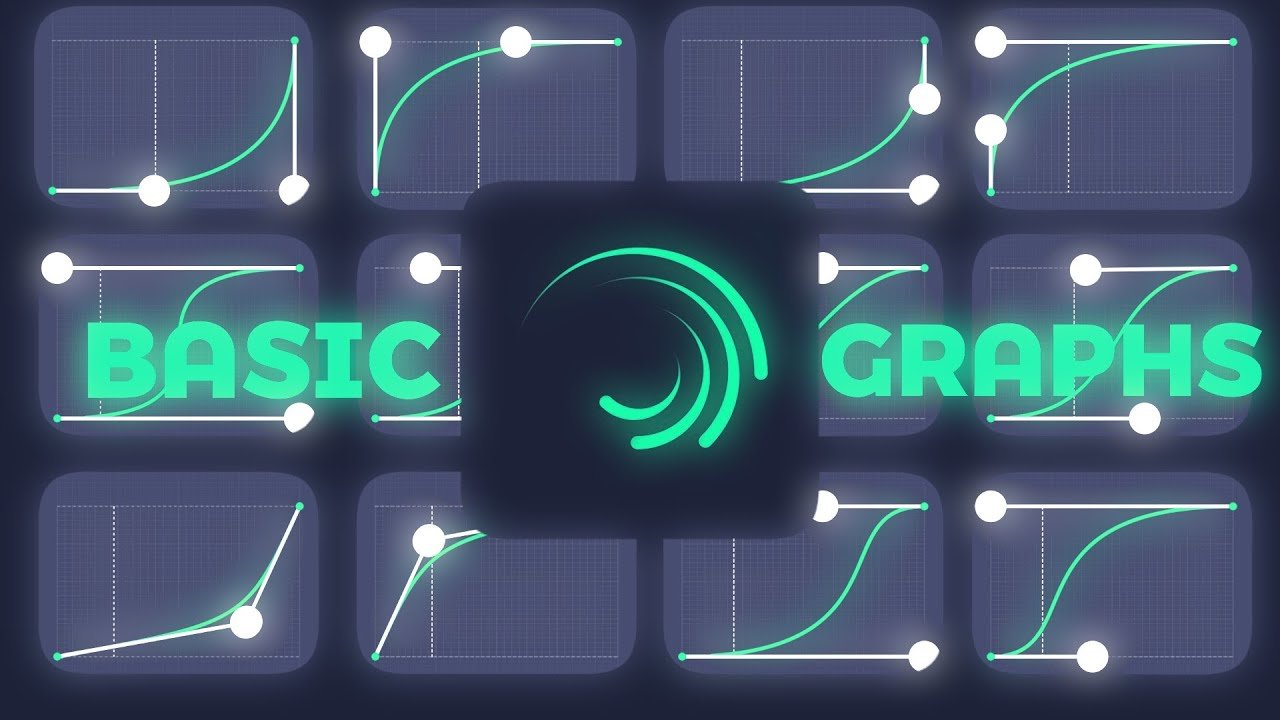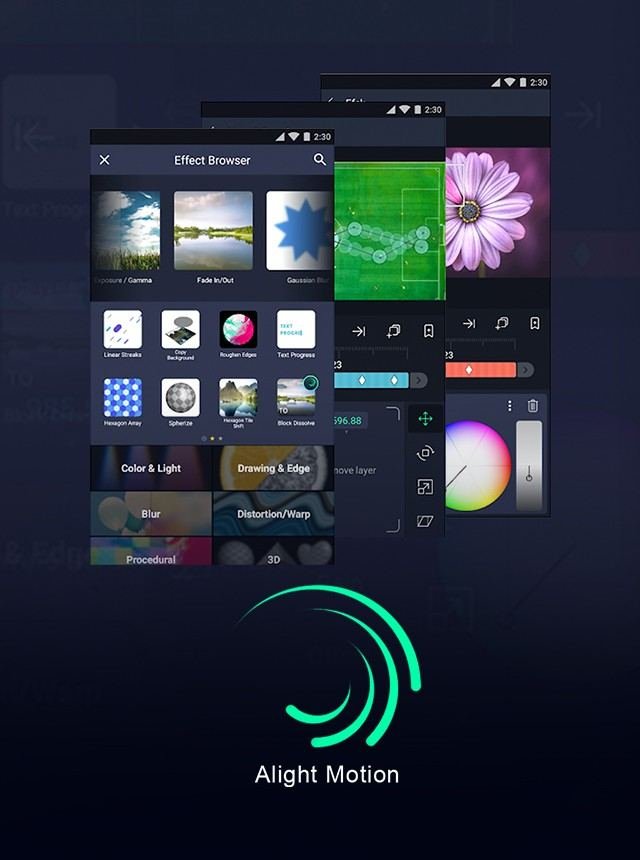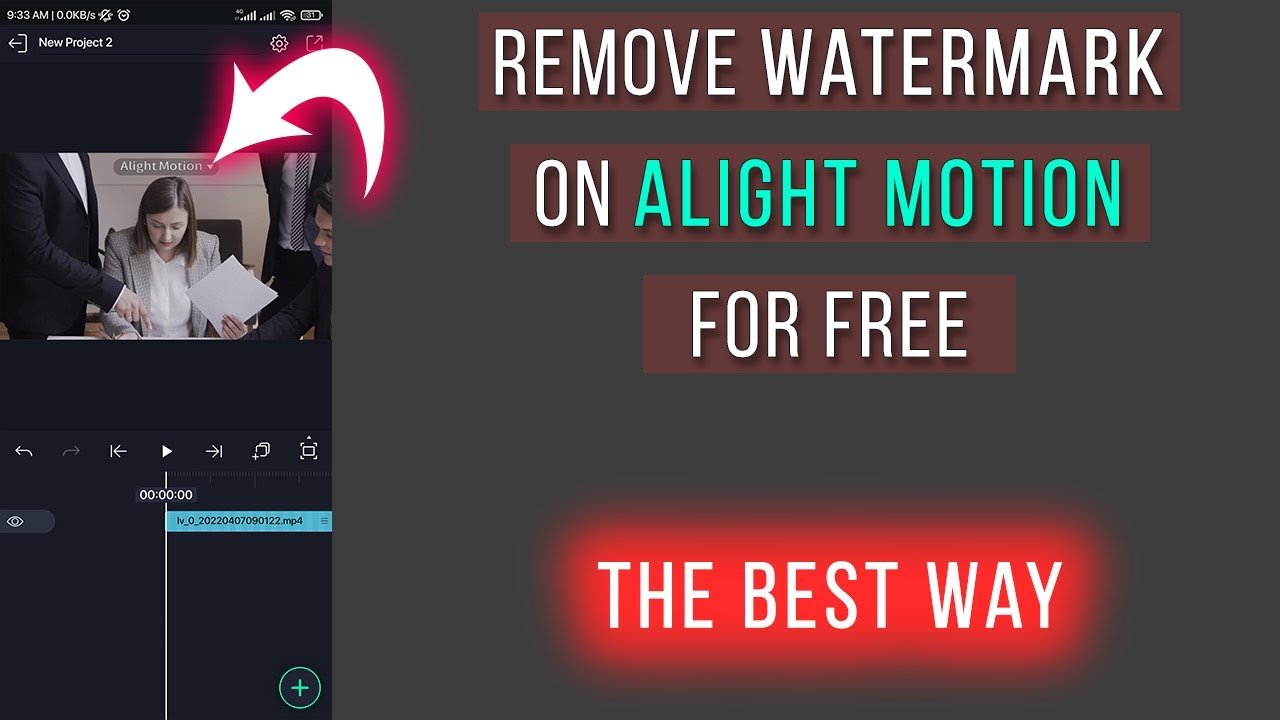Moving the pivot point in Alight Motion is straightforward once you know the steps. To start, select the object you want to adjust. Then, tap on the ‘Pivot Point’ icon that appears on the screen. Finally, drag the pivot point to your desired location. With these simple steps, you’re well on your way to mastering how to move pivot point in Alight Motion.
Table of Contents
- How to Move Pivot Point in Alight Motion
- Frequently Asked Questions
- Final Thoughts
How to Move Pivot Point in Alight Motion
Moving the pivot point in Alight Motion is essential for getting the precise animation effects you’re looking for. Understanding how to shift this pivot is crucial for anyone aspiring to create mesmerizing motion graphics. Additionally, if you’re interested in working with Alight Motion on a larger screen, this guide will also touch on how to use Alight Motion in PC. In this guide, we’ll delve deep into each step, ensuring you have a clear and comprehensive understanding of moving the pivot point in Alight Motion. Right, let’s jump into it!
What is a Pivot Point?
The pivot point, often called the anchor point, is the central point around which your layer rotates or scales. Think of it as the axis for transformation. When you adjust the position of your pivot point, you change the way your layer moves in relation to itself.
Why is the Pivot Point Important?
Adjusting the pivot point can dramatically affect the outcome of your animations:
- Precision: Helps in achieving precise animation movements.
- Flexibility: Allows better control over scaling and rotating objects.
- Efficiency: Simplifies complex animation sequences.
Steps to Move the Pivot Point in Alight Motion
Now, let’s walk through the specific steps you need to follow to adjust the pivot point.
Step 1: Open Alight Motion
Start by opening Alight Motion on your device. Make sure your project is loaded up and you have your layer selected.
Step 2: Select the Layer
Once your project is open, tap on the layer you want to modify. This action will highlight the layer, and a bounding box will appear around it.
Step 3: Access the Pivot Point Tool
In the tools menu, find and select the “Pivot Point Tool.” This tool is usually represented by a small cross or dot icon that you can drag around.
Step 4: Adjust the Pivot Point
Simply drag the pivot point to the desired location within the layer. You’ll notice that the pivot point can be moved anywhere within or outside the bounding box.
Step 5: Test Your Adjustments
After moving the pivot point, test your adjustments by rotating or scaling your layer to see if it achieves the desired effect. If it doesn’t, don’t worry! You can always go back and adjust the pivot point again.
Common Issues and Solutions
Inaccurate Movements
Sometimes, even after adjusting the pivot point, the movements may not be as accurate as you’d like.
- Ensure you’re using the correct tool.
- Double-check that you’ve selected the correct layer.
Unintended Scaling
If you notice your layer scales oddly, it might be due to an incorrectly placed pivot point.
- Reposition the pivot point closer to the area where you want the scaling to originate.
Practical Applications of Adjusting the Pivot Point
Creating Rotating Animations
When creating rotating animations, place the pivot point where you want the rotation to center.
Scaling Objects
To scale an object from a specific point, adjust the pivot point to that location. This technique is useful for zooming in on a particular part of your animation.
Tips and Tricks for Smooth Animations
Practice Makes Perfect
Spend time experimenting with different pivot points to understand how they affect your animations. The more you practice, the better you’ll get.
Use Keyframes
Combine pivot point adjustments with keyframes for more complex animations.
Watch Tutorials
If you’re struggling, many tutorials are available online that can provide visual guidance.
Enhancing Your Animations with Pivot Point Adjustments
Layer Hierarchies
Understanding how to work with multiple layers can elevate your animation game. By adjusting pivot points on various layers, you can create nested animations that move in harmony.
Combining Effects
After adjusting the pivot point, consider adding other effects like easing, motion blur, or opacity changes to make your animation more dynamic.
User Interface and Customization
Understanding Alight Motion’s UI
Familiarize yourself with Alight Motion’s user interface. Knowing where all the tools are will save you time.
Customizing Your Workspace
Personalizing your workspace can make the animation process smoother. Adjust panel sizes and positions to fit your workflow.
Advanced Techniques
Using Expressions
Alight Motion allows for the use of expressions for more advanced animations. While this guide focuses on basic adjustments, learning expressions can be very beneficial.
Blending Modes
Experiment with different blending modes along with pivot point adjustments to see unique visual effects.
Frequently Asked Questions
How do I center the pivot point in Alight Motion?
To center the pivot point, first, select the layer you’re working with. In the “Transform” settings, locate the “Anchor Point” controls. Manually move the anchor point to the center of the layer, which is generally indicated by crosshairs or a central dot. This ensures that any transformations occur uniformly from the center.
Is it possible to animate the pivot point in Alight Motion?
While Alight Motion allows you to animate many properties of a layer, the pivot point itself (anchor point) cannot be directly animated. However, you can animate the position, rotation, and scale of the layer relative to a fixed pivot point to achieve complex animation effects.
Can I reset the pivot point back to its default position in Alight Motion?
Yes, you can reset the pivot point to its default position. In the “Transform” settings, find the “Anchor Point” section. There should be an option to reset or a predefined default setting that repositions the anchor point back to the center of the layer.
Final Thoughts
Moving the pivot point in Alight Motion is straightforward. Tap on the layer you want to edit, then select the Transform tool. Drag the pivot point to your desired location. Adjust the position as needed for precise animations. Remember, mastering how to move pivot point in alight motion can significantly enhance your project’s visual impact. Practice regularly to improve your efficiency.



